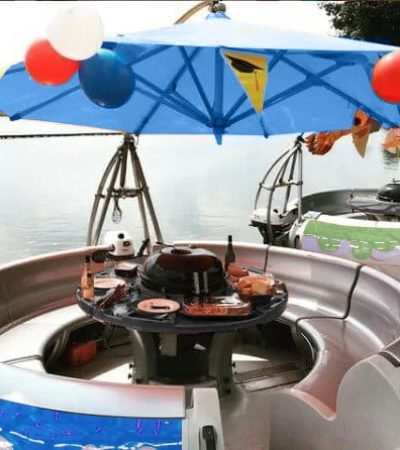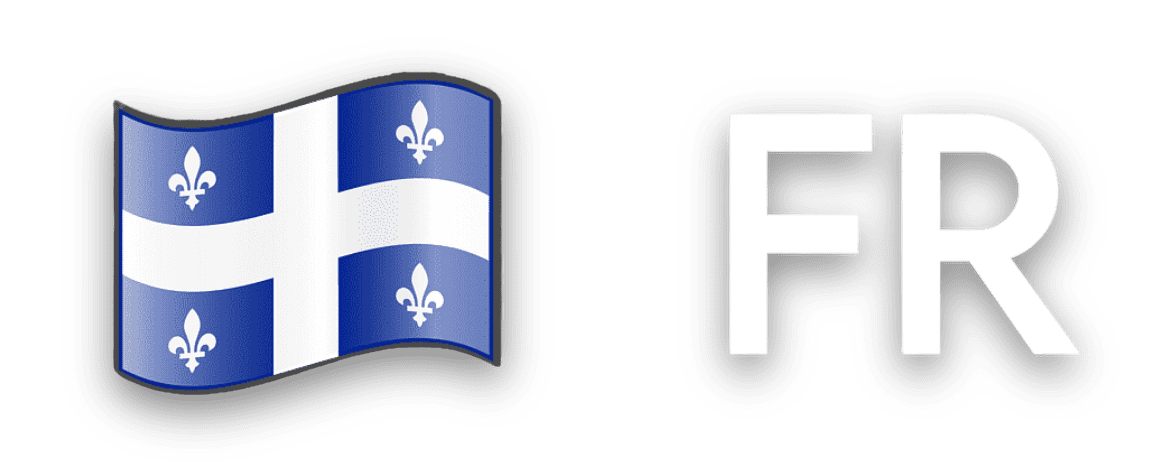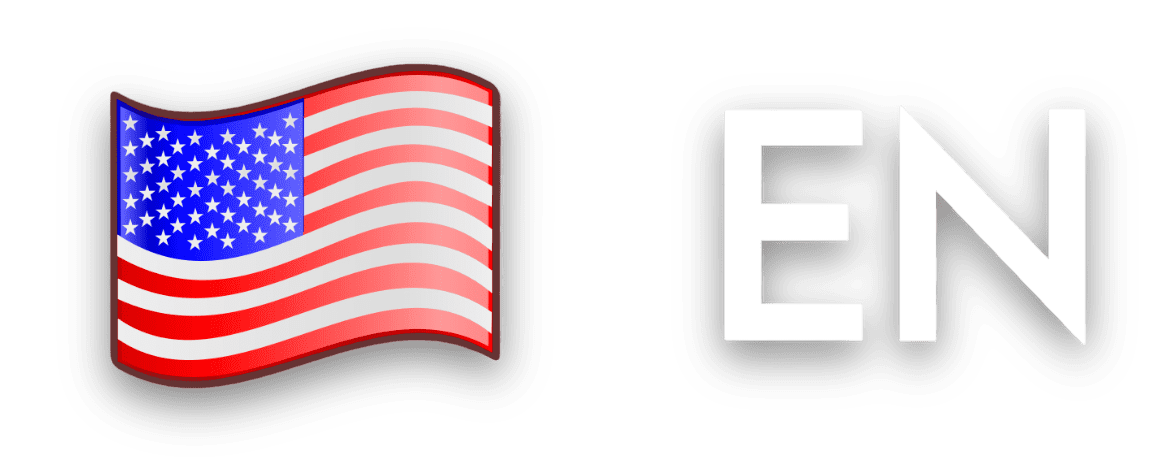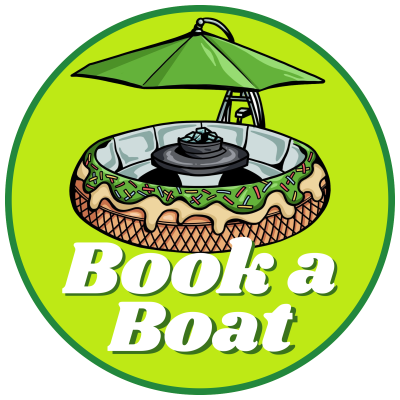Boat Handling Techniques
Mastering the Water Adventures and Tips for Navigation Marine Techniques
Other Articles
Posted on May 1, 2023.
Boat Handling Techniques
Mastering the Art of Boat Handling and Navigation: A Comprehensive Guide for Beginners
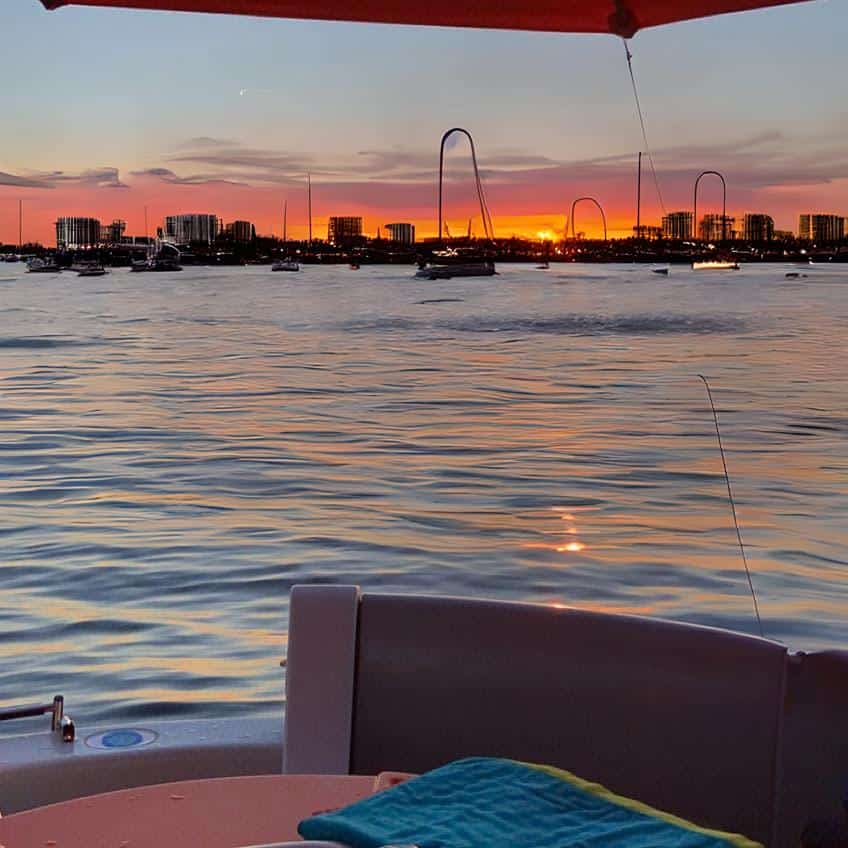
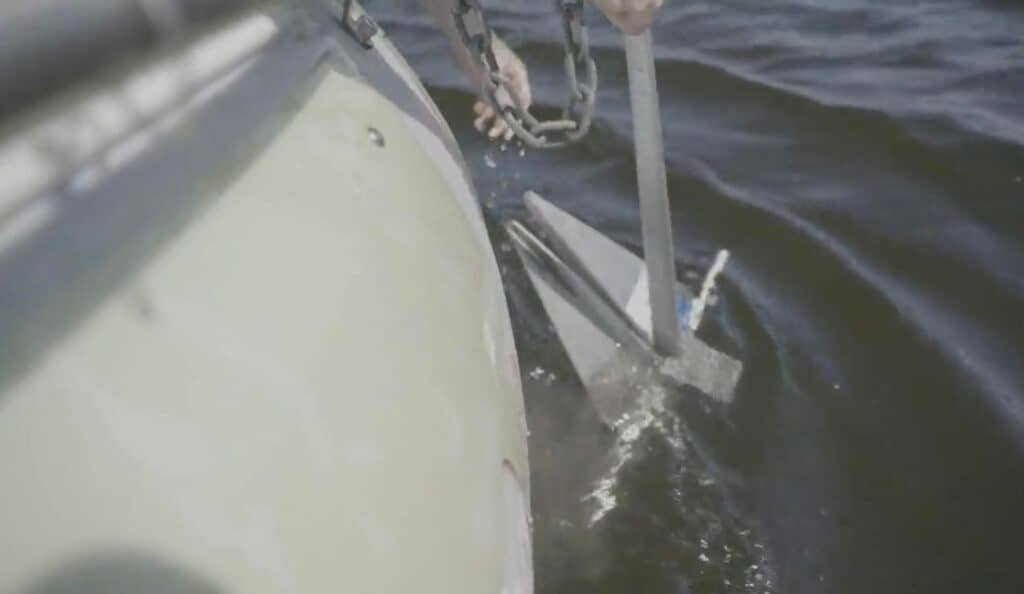
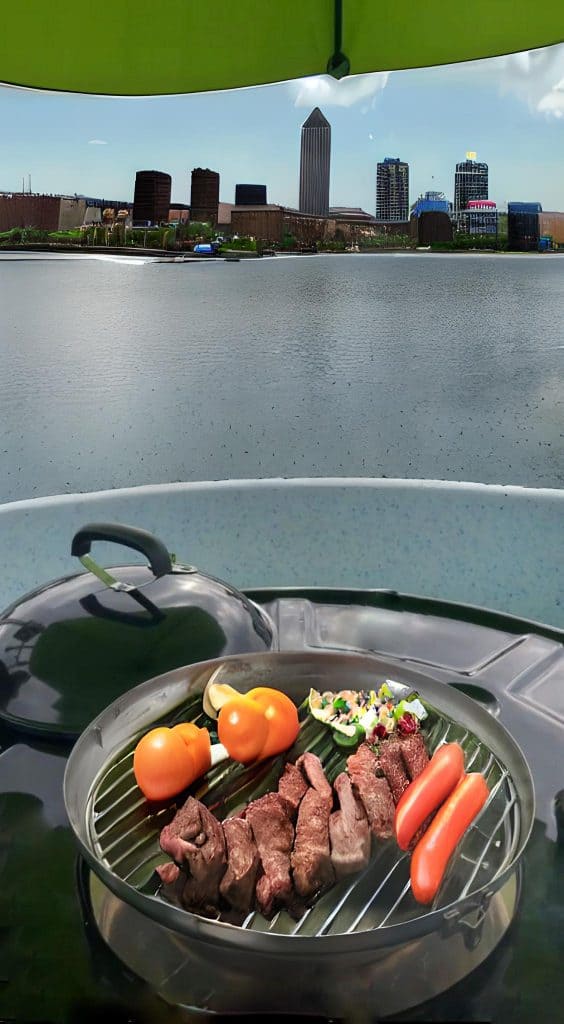
Boat handling and navigation are crucial skills that every boat operator must master to ensure a safe and enjoyable boating experience. Whether you are a seasoned sailor or a beginner, understanding the basics of boat handling and navigation can make all the difference in your safety and confidence on the water. In this comprehensive guide, we will cover the essential techniques and safety tips for boat handling and navigation, from steering and maneuvering to marine laws and safety equipment.
Before you embark on your boating adventure, it is important to understand the basics of boat handling. Familiarize yourself with the boat’s controls, such as the throttle, steering wheel, and gear shift. Learn how to steer the boat by turning the wheel and shifting the weight of the boat. Always keep a lookout for other watercraft, obstacles, and hazards in your path. Always operate the boat at a safe speed and keep a safe distance from other boats and objects.
Navigation is also an essential aspect of boating that requires careful attention to detail. Always plan your route ahead of time and familiarize yourself with the waterways you will be navigating. Understand basic nautical terms such as port, starboard, bow, and stern. Learn how to use GPS, charts, and marine radios to navigate and communicate with other boats and authorities. Keep a watchful eye on the marine weather forecast and be prepared to change course or return to shore if conditions become unfavorable.
Boating safety is paramount to a successful and enjoyable boating experience. Always wear a life jacket and ensure that all passengers do the same. Make sure that you have all necessary safety equipment on board, such as flares, fire extinguishers, and first aid kits. Understand boating rules and marine laws, such as no-wake zones, speed limits, and navigation lights. Consider taking boating courses to improve your skills and knowledge of boating safety and techniques.
In conclusion, mastering the art of boat handling and navigation requires practice, patience, and attention to detail. By following these basic techniques and safety tips, you can enjoy a safe and enjoyable boating experience in Montreal and beyond. Remember to always prioritize safety, respect other boaters, and have fun on the water.
Mastering the Waves: Basic Boat Handling and Navigation Techniques for Your BBQ Floating Donut Boat
As a boat rental company that specializes in providing unique nautical adventures, Beigne Flottant Inc takes pride in offering its customers the best boating experience possible. Whether you are a seasoned sailor or a first-time boater, knowing the basics of boat handling and navigation techniques is essential for a safe and enjoyable voyage. In this blog post, we will share some valuable tips to help you master the waves on your BBQ floating donut boat rental.
First and foremost, water safety should be your top priority. Before you set sail, make sure to review the weather conditions and any potential hazards that may arise during your trip. Check that you have all the necessary safety equipment on board, such as life jackets, first aid kit, and flares. Always wear your life jacket and ensure that your passengers do the same.
Next, familiarize yourself with the operation of your boat. Learn how to control your boat’s navigation, steering, propulsion, and other maneuvers. Practice operating your boat in calm waters first before venturing into rougher seas. Be aware of your surroundings and always keep a safe distance from other watercraft and obstacles.
To navigate your boat safely, it’s crucial to have a clear understanding of the waterway’s rules and regulations. Know the speed limits, no-wake zones, and restricted areas to avoid any legal issues or accidents. Familiarize yourself with the local landmarks and landmarks that can help you navigate your way back to shore.
When operating a BBQ Floating Donut Boat, it’s essential to be mindful of your boat’s weight and balance. The barbecue grill adds extra weight to the boat, and too much weight can affect your boat’s stability and maneuverability. Keep an eye on your boat’s weight distribution and adjust it as necessary to maintain a stable and safe ride.
At Beigne Flottant Inc, we offer a variety of boat rental options, including yacht charters, boat rental rates, and nautical tourism packages. We also have a boat rental blog that features valuable information on boating destinations, water safety, and other boating tips. With our expertise and dedication to providing an exceptional boating experience, you can trust us to make your marine exploration a memorable one.
In conclusion, mastering the basics of boat handling and navigation techniques is essential for a safe and enjoyable boating experience. By following these tips and practicing responsible boating, you can have a fun and safe voyage on your BBQ boat rental. Contact us today to book your next nautical adventure with Beigne Flottant Inc!
Navigating the Waters on Your Floating Donut: A Guide to Basic Boat Handling and Safety
Basic boat handling and navigation techniques
Are you ready to embark on a fun and thrilling adventure on a BBQ boat rental? Before you set sail, it’s important to have a basic understanding of boat handling and safety. At beigne flottant, we want all of our customers to have a safe and enjoyable experience on the water. Here are some essential tips and guidelines to keep in mind while navigating the waters on your floating donut.
Boat handling starts with understanding the functions of your watercraft. Your floating donut comes equipped with steering and throttle controls that allow you to navigate the waters. Familiarize yourself with these controls before you set out on your journey. When you’re at the helm, remember to operate your watercraft in a safe and responsible manner, always keeping a lookout for other boaters and potential hazards in the water.
Docking and maneuvering your floating donut requires some skill and practice. It’s important to maintain a slow and steady speed when approaching a dock or other boats. Use your steering and throttle controls to make gentle adjustments as needed. If you’re new to boating, consider taking a boating safety course or obtaining a boating license to hone your skills.
Safety is our top priority at Beigne Flottant Inc. Before setting sail, make sure you have all the necessary safety equipment on board, such as life jackets, fire extinguishers, and distress signals. Be aware of boating rules and regulations, including maritime laws and watercraft regulations. Familiarize yourself with emergency procedures and make sure all passengers are aware of them as well.
When out on the water, keep an eye out for weather conditions. In Montreal, weather patterns can change quickly, so it’s important to be prepared for any potential changes in the forecast. If weather conditions deteriorate, it may be time to head back to shore. Always prioritize safety over fun and adventure.
Finally, it’s important to respect the natural environment when out on the water. Follow boating etiquette and be mindful of other boaters and marine life. Practice wildlife conservation and help protect the beautiful waters of Montreal for future generations.
In conclusion, navigating the waters on your BBQ Donut Boat can be an exhilarating experience, but it’s important to have a basic understanding of boat handling and safety. Keep these tips and guidelines in mind when you set out on your next adventure with Beigne Flottant Inc.
A Deep Dive into Boat Handling and Navigation: Origins, Rules, and Techniques
![]() What does boat handling means and who installed the rules, and what is the story behind? how did it really all started?
What does boat handling means and who installed the rules, and what is the story behind? how did it really all started?
Boat handling and navigation are critical components of boating safety, and every boater must know the rules and techniques to operate a boat safely. But have you ever wondered about the origins of boat handling and navigation? Who installed the rules, and how did it all start? In this article, we will take a deep dive into the history and evolution of boat handling and navigation.
The origins of boat handling can be traced back to ancient civilizations such as the Egyptians and Greeks, who developed techniques for navigating the seas and rivers for trade and exploration. Over time, these techniques evolved, and with the advent of technology, modern navigation techniques were developed. Today, boaters have access to sophisticated equipment like GPS systems and radar to help them navigate safely.
But with great power comes great responsibility. To ensure the safety of all those aboard a vessel, boat safety rules and maritime laws were put in place. These rules cover everything from the use of personal flotation devices (PFDs) to speed limits and right-of-way rules. It is important for all boaters to know these rules and follow them to avoid accidents and injuries.
In addition to following the rules, there are several safety measures boaters can take to ensure safe boat handling and navigation. For example, checking weather conditions before setting out, maintaining a proper lookout for other vessels and potential hazards, and knowing the water depth and navigational hazards in the area. It is also essential to have a good understanding of the boat’s equipment and how to use it properly.
At Beigne Flottant Boat Rentals, we prioritize safety and provide our customers with the necessary training and guidance to ensure safe and enjoyable boating experiences. Our boats are equipped with modern navigation and safety equipment, and our team is always available to answer any questions and provide guidance on boat handling and navigation.
In conclusion, boat handling and navigation are essential skills for every boater, and understanding the origins and rules behind them is just as important as mastering the techniques. By following the safety rules and measures and having a good understanding of modern navigation techniques, boaters can enjoy safe and memorable boating experiences.
![]() But who discovered that? Let’s explain the story from Florida’s view and the USCG
But who discovered that? Let’s explain the story from Florida’s view and the USCG
As you know, we manufactured our boats in Florida, and have a BBQ Boat Rental company out there. Boat handling and navigation are crucial aspects of boating that have been established over many years. The rules and regulations that govern boat handling and navigation were not created overnight. It took years of experience and incidents to create the guidelines and best practices that we have today. In this article, we’ll explore the history of boat handling and navigation, with a particular focus on Florida’s view and the United States Coast Guard (USCG).
Florida has always had a close relationship with the sea, with its long coastline and beautiful waterways attracting boaters from all over the world. The state has played a significant role in the development of boat handling and navigation, with early explorers navigating their ships through its treacherous waters. In the 1800s, the state’s waterways became important shipping routes, and it was essential to have a set of rules and regulations governing the safe handling of boats.
It wasn’t until the early 1900s that the USCG was established as the primary regulatory body for boating safety. In 1915, the USCG created the Steamboat Inspection Service, which was responsible for ensuring the safety of commercial vessels. Over time, this agency evolved, and in 1939, it was renamed the Bureau of Marine Inspection and Navigation. In 1946, this agency became the USCG, with the mission of ensuring the safety and security of America’s waterways.
One of the most significant events in the history of boat handling and navigation was the International Regulations for Preventing Collisions at Sea, also known as the COLREGs. These regulations were developed in response to a series of collisions that occurred in the early 20th century, which led to the loss of many lives. The COLREGs were first adopted in 1972 and have been revised several times since then. Today, they are recognized as the international standard for safe navigation at sea.
The USCG is responsible for enforcing the COLREGs in US waters, as well as developing additional rules and regulations to ensure safe boating practices. These rules cover a wide range of topics, from speed limits and navigation lights to the proper use of life jackets and other safety equipment.
So, who discovered the rules of boat handling and navigation? The truth is that it was a collaborative effort that took many years and involved countless experts and professionals. The rules and regulations that we have today are the result of years of experience, research, and trial and error. They are designed to ensure that boaters can enjoy their time on the water safely and responsibly.
At Beigne Flottant Inc, we take boating safety very seriously, and we encourage all of our customers to follow the rules and guidelines established by the USCG and other regulatory bodies. By doing so, we can all enjoy the beauty and excitement of Florida and Montreal’s waterways without putting ourselves or others at risk.
Want to discover the new Barbecue Boat in Montreal?
Come tryout the brand new chain of marine barbecue propane grill aboard our donut boat!
